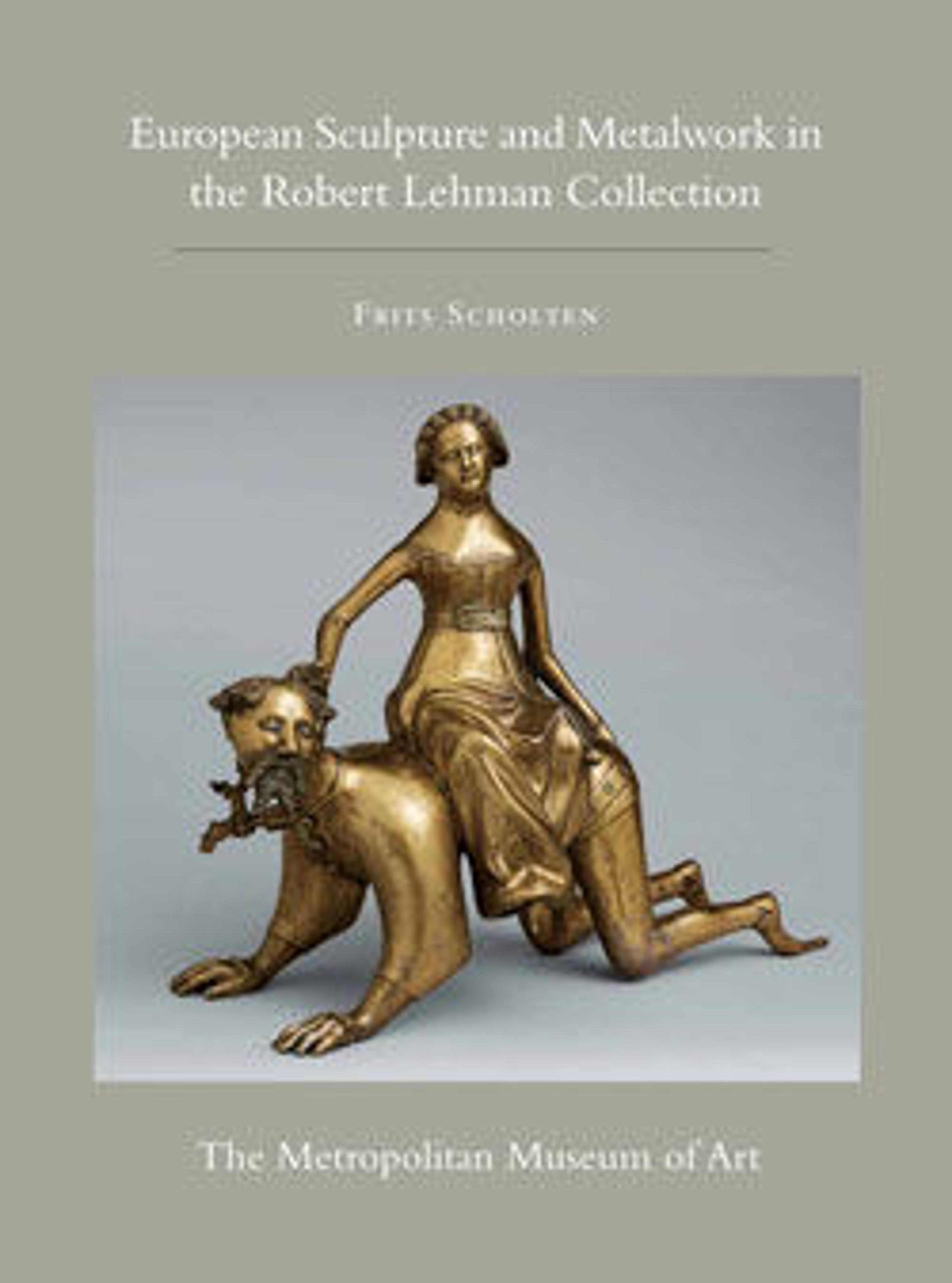Perfume Burner Surmounted by a Satyr
This perfume burner and 1975.1.1396 are of exceptional size, complexity, and quality. Holes throughout the body of the piece as well as in the mouth and ears of the satyr would have allowed the scented smoke to escape from the interior. However, this particular object shows no signs of use, either suggesting that it served a purely decorative function or that the present bottom plate is a later replacement.
The fact that perfume burners of this model were inspired by Roman incense burners sometimes obscured their Renaissance origins. In 1719, the French antiquarian Bernard de Montfaucon illustrated this bronze in his influential book L'Antiquité expliquée et représentée en figures (Antiquity Explained and Represented in Figures). In the accompanying text, he identified it as a work from Roman antiquity and speculated that it might have been a cinerary urn.
The fact that perfume burners of this model were inspired by Roman incense burners sometimes obscured their Renaissance origins. In 1719, the French antiquarian Bernard de Montfaucon illustrated this bronze in his influential book L'Antiquité expliquée et représentée en figures (Antiquity Explained and Represented in Figures). In the accompanying text, he identified it as a work from Roman antiquity and speculated that it might have been a cinerary urn.
Artwork Details
- Title:Perfume Burner Surmounted by a Satyr
- Artist:Workshop of Desiderio da Firenze (Italian, born Florence, active Padua, 1532–45)
- Date:ca. 1540–50
- Medium:The cover and body are binary bronze (copper and tin, with traces of zinc, iron, nickel, silver, and antimony); the foot is cast in brass (copperzinc alloy with very minor amounts of tin, lead, and the usual copper impurities of iron, nickel, silver, and antimony).
- Dimensions:H. overall 46.5 cm, h. of base 6.9 cm, h. of middle section, including bajonet joint 15.1 cm, h. of cover 25.7 cm.
- Classification:Metalwork-Bronze
- Credit Line:Robert Lehman Collection, 1975
- Object Number:1975.1.1397
- Curatorial Department: The Robert Lehman Collection
More Artwork
Research Resources
The Met provides unparalleled resources for research and welcomes an international community of students and scholars. The Met's Open Access API is where creators and researchers can connect to the The Met collection. Open Access data and public domain images are available for unrestricted commercial and noncommercial use without permission or fee.
To request images under copyright and other restrictions, please use this Image Request form.
Feedback
We continue to research and examine historical and cultural context for objects in The Met collection. If you have comments or questions about this object record, please contact us using the form below. The Museum looks forward to receiving your comments.
